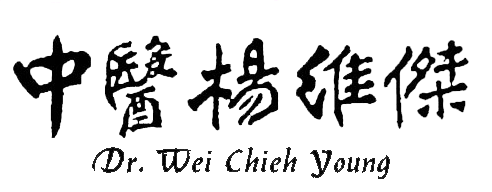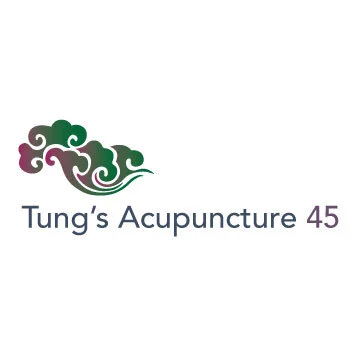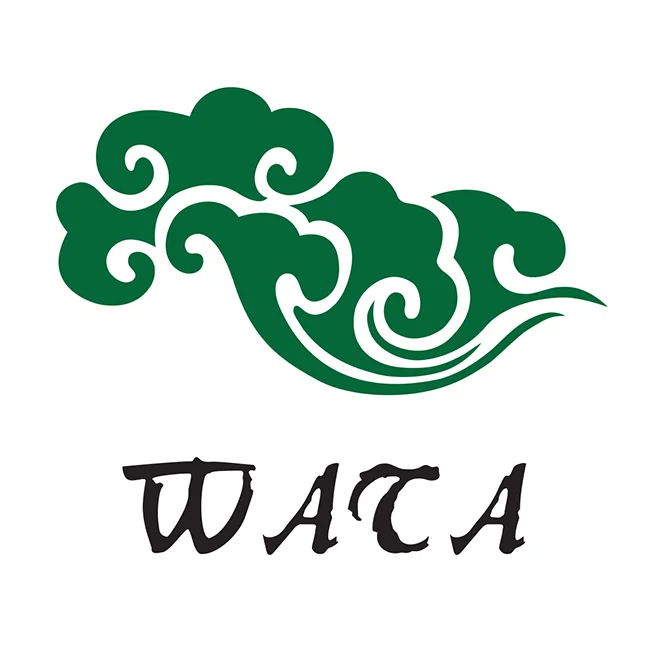9. What is “treatment points not forming a formula (you xue wu fang)”? How to improve it?
/Many people knows “prescribed herbs not forming a formula (you yao wu fang) and “a formula without modified herbs (you fang wu yao)” while learning herbal prescriptions. The same problems happen to acupuncture too. The so called “using a formula without modified herbs (you fang wu yao)” means rigidly using the formula without changes or modifications according to individual patient’s condition. As the “prescribed herbs not forming a formula (you yao wu fang)” means merely gather a bunch of herbs without following any principles. Some acupuncture treatments fall into the above two circumstances. The acupuncturist merely puts one needle here, one there, without any principles. It is like shooting birds in the dark (making random attempts). One needs to understand the principles of herbal combination to successfully prescribe an effective formula. The same applied to acupuncture too. For instance, some acupuncturists needle Linggu (22.05), Dabai (22.04), Jioil (88.25), Xinmen (33.11), Shouwujin (33.08), Shouxienjin (33.09), Biyi (1010.22), etc. all together to treat sciatica. Sometimes they even add more points from the 14 channels. This is a typical example of gathering a bunch of points without principles. Certainly the treatment result will not be good. Acupuncture needs to be like prescribing a formula. It is said “Having Songs of Tang Tou Formulas (sets of prescriptions) in mind, one needn't to worry in clinic.” One needs to have sets of point prescriptions in mind as basis before selecting treatment points.
First is to memorize the application principles of the special points. For example, for the Five Transport points, one can memorize the texts in the Ling Shu in chapter 44 (’The Sequence of Qi and the Four Seasons within a Single Day’): When the disease is at the Zang, needle the Jing-Well point. If manifesting as a change in the color, needle the Ying-Spring point. When the disease attacks intermittently, needle the Shu-Stream point. When the disease manifests as changes in the patient’s voice, needle the Jing-River point. If there is disease of the stomach and irregular appetite, needle the He-sea point. In Ling Shu, in chapter 4 Disease Patterns of Zangfu as Caused by Pathogenic Qi says: the Ying-spring and Shu-stream points treat the exterior channels; and He-sea points treat the internal Fu. Classic of Difficulties (68th Difficulty) says “Jing-well points for fullness below the heart, Ying-spring points for heat of the body, Shu-stream points for heaviness of the body and pain of the joints, Jing-River points for dyspnea, cough, chills and fever, He-Sea points for rebellious Qi and diarrhea. If one can memorize those texts, he/she can apply them to the clinic practice potentially. Whenever encounter the pain, first select the Shu-stream point of the disease channel, because Shu-stream points govern the pain syndromes. When encounter the diseases of qi reverse, select the He-sea points of the channel. For example, cough is the qi reverse of the Lung, so first thing is to select the He-sea point of the Lung, Chize (LU5) to treat it. Hiccup, the qi reverse of the Spleen, select the He-sea point of the Spleen, Yinlingquan (SP9), or Jienshi (PC5) in the Pericardium channel, because “the disease manifested with voice (sound) change, select the Jing-river points, and also that the communication of the Pericardium and the stomach.
Secondly, memorize three to five classical songs or odes. For example, Bai Zheng Fu (Ode of a Hundred Patterns), Zhou Huo Ge (Song to Keep Up Your Sleeve), Biao Yo Fu (Song of Elucidate Mysteries), Xi Hong Fu (Ode of Xi Hong), Tong Xiuan Zhi Yao Fu (Ode of the Essentials of Understanding), Zha Bing Xue Fa Ge (Song of Points for Miscellaneous Diseases), Shen Yu Ge (Song More Precious Than Jade). All those are very popular and useful songs and odes. By memorizing those songs and odes myself, I gained very strong foundation in acupuncture. I also recommended my students to memorize those songs and odes so to skillfully select points in practice. Those songs and odes are set prescriptions. For example, in Xi Hong Fu (Ode of Xi Hong) and Zha Bing Xue Fa Ge (Song of Points for Miscellaneous Diseases), they both say the combination of Lei Xue (LU7) and Tai Yuan (LU9) treats the qi stabbing the two breasts, and temporal and frontal headache. The clinical experience proves it. Also, in Bai Zhen Fu (Ode of a Hundred Patterns), it says “sore throat, Yi Men (SJ2) and Yu Ji (LU10) can treat.” In my decades of clinical practice, I use Yi Men and Yu Ji to treat sore throat and always receive instant results. Another example, Za Bing Xue Fa Ge (Song of Points for Miscellaneous Diseases) says, “Urination obstruction, needling Yinlingquen (SP9) and Zusanli (ST36) will drain the urine like stream flow.” There are too many such examples to enumerate piece by piece. Those point prescriptions are very refined. They usually contain one or two points.
Having those prescriptions at hand make clinical practice convenient and create high efficacy. Besides, those prescriptions are very refined and contain only a few points. I have discussed the point combination of Tung's acupuncture in question 36. Here, I would only give a few examples. Master Tung had a formula to treat headache, Cesanli (77.22) and Shenguan (77.18), with very good clinical efficacy. Later, I developed it into Sanchayi (A.02) and Dabai (22.04) interchangeably needled on two hands to treat various headaches. The total number of points is reduced but still with good result. The reason of my development is as follows. Dabai (22.04) can treat frontal headache and facial disorders. Through the communication of large intestine and liver (Dabai pertains to wood and also communicates with liver), it is good at treating various headache. The point pertains to wood which governs wind and hence is good at treating exterior contracted diseases. Needling this point along the bone corresponds to the kidney and hence also treats chronic diseases. As for Sanchanyi (A.02), it is located in the Sanjiao channel and hence is good at treating lateral headache and Shaoyang disorders. Because of Ying-spring and Shu-stream points treat the exterior channels; it is also an essential point in treating exterior contracted diseases. Needling this point along the tendon and bone to reach the Shu-stream point where there is abundant flesh. Although needling one point, multiple points are penetrated. Hence, the functions and indications of this point are numerous and also cover the disorders of the spleen, liver and kidney. It works well on various types of headache, no matters they are due to internal injure or external contracted, but is particularly effective in the exterior contracted type. The combination of the above two points is more convenient and simpler than and is as effective as that of Cesanli (77.22), Cexiasanli (77.23) and Shenguan (77.18). This combination is developed on the principles of the five Shu points and the five tissue correspondence. Guided by the theory and proved by the clinical practice, this combination became a set prescription.










